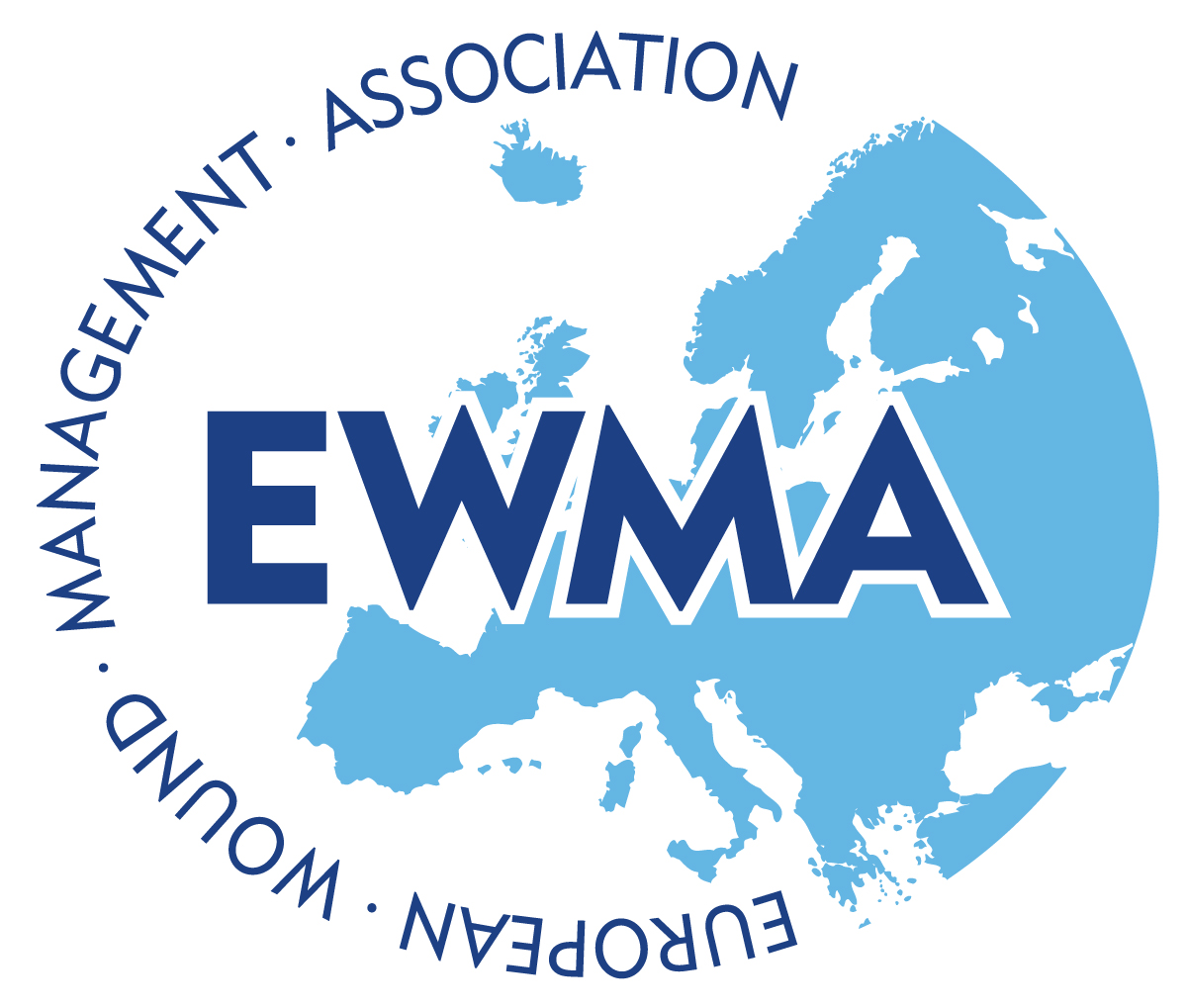The art of scientific writing has guidelines that distinguish it from literary writing, documentation, or conversation, especially when preparing a journal article for publication. Dr. Michael Schneir of the Ostrow School of Dentistry, University of Southern California, is a master of scientific writing and I was fortunate to spend over a year studying with him while preparing my first educational module. I still keep his 600+ page handbook on my desk whenever I write. At the request of the Communications Committee, here are some of the guidelines that can help avoid the most frequent mistakes I find when editing papers.
Organization
A journal article is organized into the following headings: Abstract, Introduction, Materials and Methods, Results, Discussion, Conclusions or Summary, and References. Each heading is recommended to have conceptual components with sub-headings that focus on a grouping of information, including a topic sentence and flow of information from general to specific (termed the deductive flow of information). In producing the article, Dr. Schneir suggests doing the most objective components (e.g. tables, graphs, charts) first, followed by the narrative exposition (results), interpretation of the results (discussion), introduction to the results (introduction), and lastly, the abstract. Because it is the second most frequently read part of the article (after the title), the abstract needs to be interesting and conceptual with the following components: background information, rationale, purpose, hypothesis, conclusion, and significance. I remember one graduate school professor stating, “One can learn a lot from reading just the abstract.” Make every word count!!!
Word Selection
When we had one-on-one sessions over something I had written, Dr. Schneir could spend an hour discussing the option of “a” or “the” before a noun. For example, is it “a sample” or “the sample”? “A” is indefinite and singular, whereas “the” is definite and can be either singular or plural and refers to a previously mentioned noun or concept. Some other words that require careful consideration are which/that (I was often called the “which witch”!), about/concerning, among/between, thereby/thus/because, kind/type – and the list is endless!!
Another concern with word selection is to avoid using literary phrases or words, instead use medical or scientific terminology, e.g. Q-tip in medical terms is cotton-tipped applicator, bed sores are pressure injuries, nowadays is currently. “Further” implies a distance, whereas “in addition” alerts the reader to another idea relevant to the topic.
The medical community has agreed that providers do not treat diagnoses, they treat patients who have disorders, e.g. patients with diabetes rather than diabetics.
The use of personal pronouns in scientific writing is discouraged and can usually be avoided by changing the sentence from the active voice (using I, we, they) to the passive voice of the verb. For example, “we saw the patient in our clinic one week later.” The passive voice would be “the patient was seen in the clinic one week later.” Thus, the article reads more scientifically and less like a personal journal. In addition, words within a sentence are advised to agree in terms of numbers. For example, after 10 treatment sessions, the patient was discharged to their homes with caretakers to provide daily dressing changes. The patient has one home, and daily is once per day. The sentence could be reworded this way: The patient was discharged home with a caretaker instructed to change the dressing daily. These are very subtle innuendoes, but they become distractors to an experienced reader.
Sentence structure
Whenever possible, it is suggested to combine short, choppy sentences that have some common thread of thought into one sentence that expresses the entire conceptual idea. For example, the following two sentences can be combined into one: The patient did not have any signs of wound infection. The team decided not to prescribe any antibiotics for the patient. OR Because there were no signs of wound infection, antibiotics were not indicated. This also save words and space in the article, and the reader has fewer words to process; therefore the intent is more easily grasped.
Prepositional phrases add unnecessary words to a sentence and can be avoided by transferring the objective of the preposition (a noun) before another noun, thus making it an adjective. For example, “complications after a stroke” becomes “post-stroke complications.”
Any adjective, adverb, or descriptive phrase should be as close as possible to the noun or verb that is being modified. And speaking of “should,” the writer does not want to sound authoritative; therefore, words such as advised, recommended, or suggested are similar alternatives that do not leave the reader feeling “preached to” by the author.
Punctuation
The most common mistake observed in punctuation is the use of a colon after “following.” Colons are not to be used between the verb and its direct objects, but rather after “the following:” and a subsequent list of items. For example: Possible causes of lower extremity edema include the following: trauma, chronic venous insufficiency, medications, and congestive heart failure.
Semicolons are used 1) to separate two independent clauses of a compound sentence, 2) to separate compound elements of a sentence when one or more of the elements contains a comma, and 3) when the elements of a sentence are long.
Summary
In closing, I will break all of the above rules and share with you a non-scientific pearl of wisdom about writing. Before ever putting pencil to paper or fingers to keyboard, I close my eyes and dig deep into my soul and ask, what do I really want to tell the reader? This helps me to organize my thoughts, focus my concepts, and eliminate extraneous information.
Any of you reading this blog have a story to tell (either a patient case, a clinical dilemma and solution, a pilot study, or organized research) that will help all of us become better clinicians for patients with wounds. I hope this is helpful, but know that it only scratches the surface of what Dr. Schneir would tell you!!!



I loved this -- printed and saved.